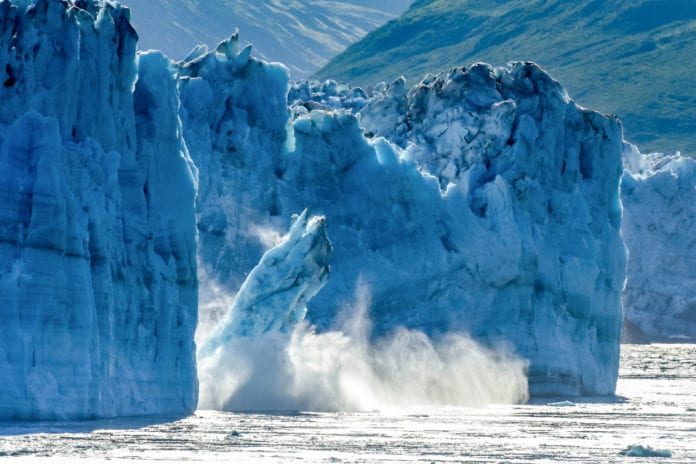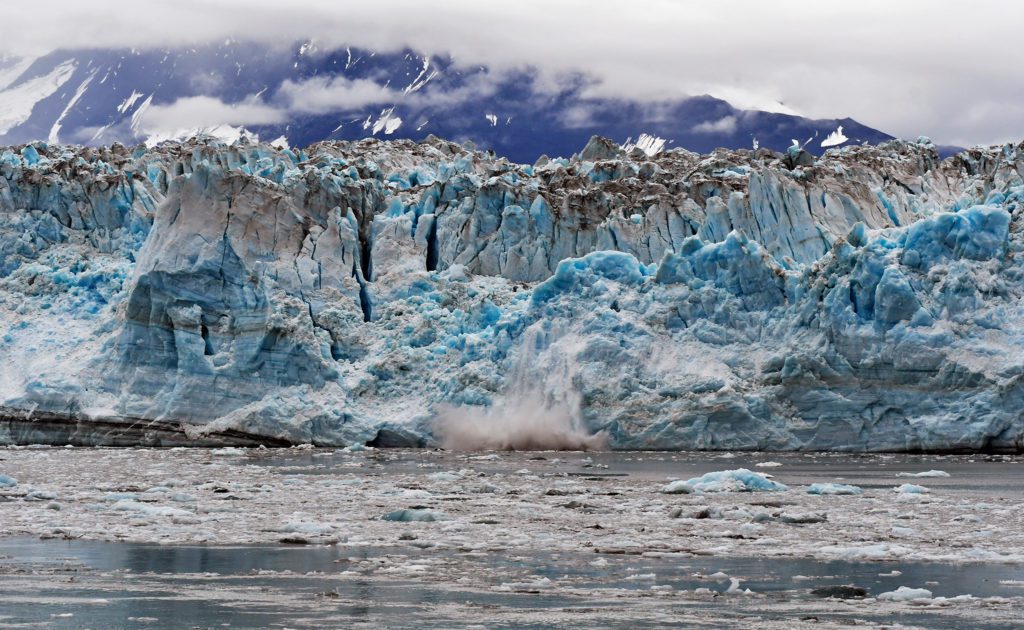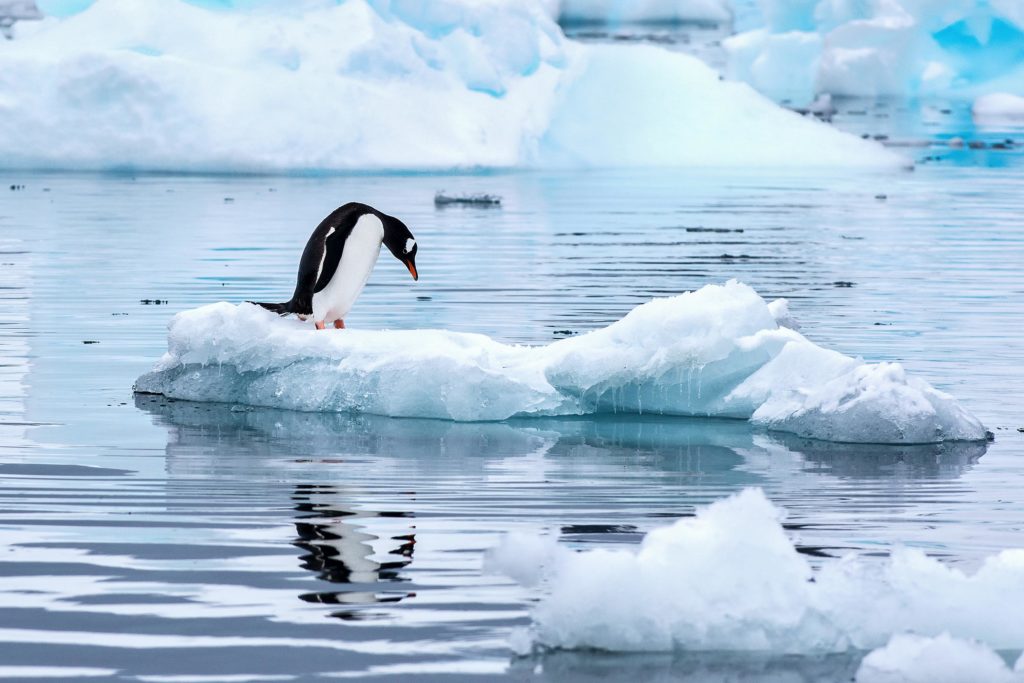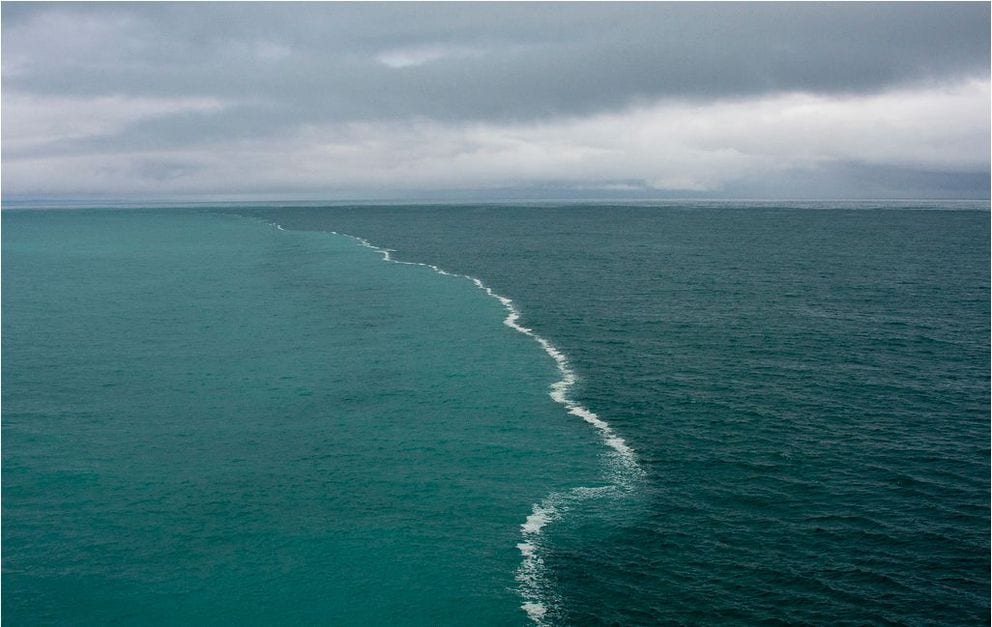
The retreat of North America’s ice sheets during the long periods of the last ice age may have started with a “disastrous” catastrophe in the North Pacific Ocean along the shoreline of British Columbia and Alaska. In another investigation, scientists found that these rapid ice calamities depend on the western Cordilleran ice sheet which was added to the enormous calving of the Laurentide ice sheet in the North Atlantic Ocean many years ago.
For a while now, these discoveries have cast suspicion that hemispheric-scale changes in Earth’s atmosphere may have started in the North Atlantic. The study warns that the dissolving of Alaska’s residual ice sheets into the North Pacific, however less outrageous than that of the past, could have far-running impacts on worldwide sea flow and the atmosphere for hundreds of years.
“People typically think that the Atlantic is where all the action is, and everything else follows,” says Alan Mix, a paleoclimatologist at Oregon State University in Corvallis. “We’re saying it’s the other way around. The Cordilleran ice sheet fails earlier in the chain of reaction, and then that signal is transmitted [from the Pacific] around the world like falling dominoes,” he explained.

In 2013, Mix and other team members pulled sediment centres from the Gulf of Alaska’s seafloor with the desire to understand how precisely the Cordilleran sheet had changed before the last ice age. These centres contained different sand and silt layers stored by the Cordilleran sheet’s calved icy masses during four separate events spanning 42,000 years.
At that point, the group utilized radiocarbon dating to decide the sequence of events, finding that the Cordilleran’s cleanses ‘surprisingly’ went before the Laurentide’s times of unexpected ice loss, termed “Heinrich occasions,” by 1,000 to 1,500 years every time.
“We’ve long known that these Heinrich events are a big deal,” says coauthor Maureen Walczak, a paleoceanographer also at Oregon State University. “They have global climate consequences associated with an increase in atmospheric CO2, warming in Antarctica and the weakening of the Asian monsoon in the Pacific. But we’ve not known why they happened.”

Even though researchers would now blame the North Pacific, the process remains a mystery. Mix proposes a few speculations discussing how the Cordilleran sheet loss eventually meant mass calving of glaciers along North America’s east coast. It’s conceivable, he says, that the freshwater stored in the North Pacific voyaged towards the north through the Bering Strait, over the Arctic and down into the North Atlantic. This cycle might have prompted the water to get hotter, destabilizing the adjoining ice sheet.
Another hypothesis theorizes that the lower rise of the lessened Cordilleran sheet, modified how surface breezes entered North America. Typically, the glacier would act as a fence, preventing winds and vapours towards the south as they entered North America. Without this hindrance, the warm and freshwater flow between the Pacific and the Atlantic Ocean is disturbed, changing the Atlantic waters’ saltiness and eventually conveying more heat to the ice there.

What is the present situation of the ice sheets?
Today, Alaska’s glaciers fill in as the last leftovers of the Cordilleran sheet. Many are in a condition of quick retreat because of climate change. “Knowing the failure of ice in the North Pacific seemed to presage rapid ice loss in the North Atlantic, that’s kind of concerning,” Walczak says.
On the off chance that the ice liquefies into the North Pacific, it could yield critical climate change effects, the specialists worry. “We know enough to say that such things happened in the past, ergo, they are real and could happen again.”
Records of environmental change in the Pacific, similar to the one Walczak and associates have incorporated, have been challenging to find, says Richard Alley, a glaciologist at Pennsylvania State University who wasn’t part of the research. “These new data may raise more questions than they answer,” he says. “But by linking North Pacific Ocean circulation to the global template of climate oscillations, the new paper gives us a real advance in understanding all of this.”
Further Reading:

